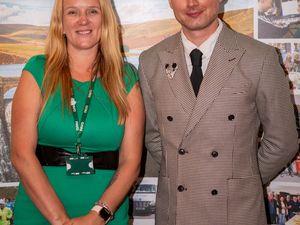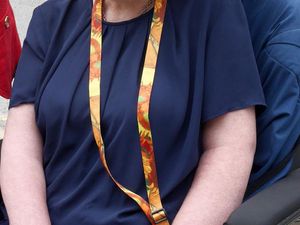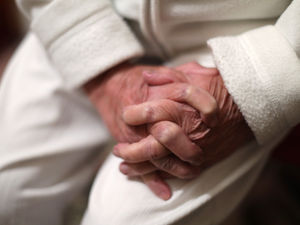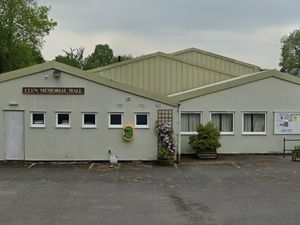Boundary review could see number of councillors increase
Telford and Wrekin’s next local election could be fought under a new ward structure and see the number of councillors increase, after an elections body agreed to review the map.
The borough’s Boundary Review Committee heard the voters-per-councillor ratio varies by up to 26 per cent between different areas.
This week Policy and Governance chief Anthea Lowe told the committee the Local Government Boundary Commission for England had agreed to carry out a review.
It will take into account population changes and expected housing development and is expected to make its final recommendation to Telford and Wrekin Council in summer 2022 ahead of the borough’s next local election the following year.
Ms Lowe reminded the seven-member committee that it made the request to the LGBCE in January 2020.
“Due to Covid, that was delayed, but the Boundary Commission has recently agreed to undertake a review,” she said.
“The first stage is a review of numbers. That looks at the number of members for the council and the projected electorate for 2027.
“The review of member numbers is based on what’s needed to reasonably transact the business of the council and undertake casework for residents.
“Once that stage is completed it moves on to the second stage: the number of wards, what the boundaries should look like and the names of those wards as well.”
She said this would aim to achieve, “as best as possible, electoral equality between wards and members” and create wards that reflect community identities.
The last review began in 2012. The map recommended by the LGBCE on that occasion was approved by the Boundary Committee in February 2014 and used in the 2015 and 2019 local elections.
Ms Lowe said there had already been “significant growth” in some areas of the borough since those changes.
“Lawley has had a 24.1 per cent increase in the electorate between 2015 and 2019 and Newport had a 10.4 per cent increase in the same period,” she said.
“Additionally, there is some further development planned in some areas over the next few years which will simply increase the disparity between electorate-to-member ratios.
“There are some significant variances already. By way of an example, between Brookside and Horsehay and Lightmoor, which are the two opposite ends of the scale, there is a 26 per cent difference in the representation between those two wards.”
At the time of the 2019 local elections, the Brookside ward had an electorate of 4,176 while Horsehay and Lightmoor had 5,379. Both wards elect two councillors.
In the next meeting, which chairman Concepta Cassar said was scheduled for Thursday, March 18, officers will bring a draft submission about council numbers for the committee to consider sending to the LGBCE as part of the review’s first stage.
Calculations will be based on recent history and current population distribution, as well as forecasts and the location of planned housing developments, Ms Lowe said.
“A decision on council numbers is expected at the end of May 2021,” she added.
“From there, the Boundary Commission will then undertake a consultation on warding arrangements, roughly between the end of May and early August.”
She said the final proposals were expected the following summer and would be implemented by 2023.





